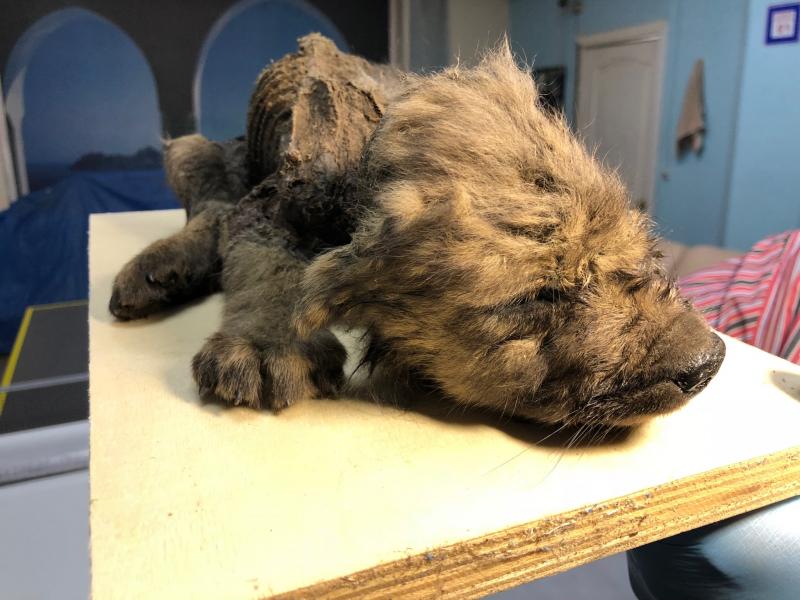
The ancestry of pet dogs of today can be traced back to at least two populations of ancient wolves, a new study has found.
An international group of geneticists and archaeologists, led by the Francis Crick Institute in London, analysed 72 ancient wolf genomes spanning the last 100 centuries from Europe, Sibera, and North America.
The researchers hope the study will provide insight into “one of the biggest unanswered questions” about human history – how dogs underwent domestication.
It is widely believed that dogs became domesticated during the Ice Age, at least 15,000 years ago. But it is unclear where this happened, and if it occurred in one single location or multiple places.
The remains used in the study came from previously excavated ancient wolves, including a perfectly perserved head from a Siberian wolf that lived 32,000 years ago and an 18,000 year-old wolf puppy from Yakutia, a republic of Russia.

The team of experts found that early and modern dogs are more genetically similar to ancient wolves in Asia than those in Europe.
This means that domestication may have taken place somewhere in the east.
The evidence also suggests that two separate populations of wolves contributed to the DNA of dogs today.
The earliest domesticated dogs from north-eastern Europe, Sibera and Americans appear to have a single shared origin from Asia.
Meanwhile, early dogs from Africa, southern Europe, and the Middle East likely originated from both Asia and the Middle East.
Researchers have proposed two theories for this dual ancestry.
One potential explanation is that wolves underwent domestication more than once, with the different populations later mixing together.
Another possibility is that domestication happened only once, and that these early dogs mixed with wild wolves.
Anders Bergström, an author of the study and post-doctoral researcher in the Ancient Genomics lab at the institute, commented: “Through this project we have greatly increased the number of sequenced ancient wolf genomes, allowing us to create a detailed picture of wolf ancestry over time, including around the time of dog origins.
“By trying to place the dog piece into this picture, we found that dogs derive ancestry from at least two separate wolf populations – an eastern source that contributed to all dogs and a separate more westerly source, that contributed to some dogs.”
Experts said they are contiuing to hunt for a close ancient wolf ancestor of dogs, which they believe could reveal precidely where domestication first took place.
They are using the ancient wolf genomes to build a timeline of how the animals’ DNA changed.
They have observed that over a period of 10,000 years, at least one gene variant went from being very rare to being present in every wolf, and is still present in dogs today.







